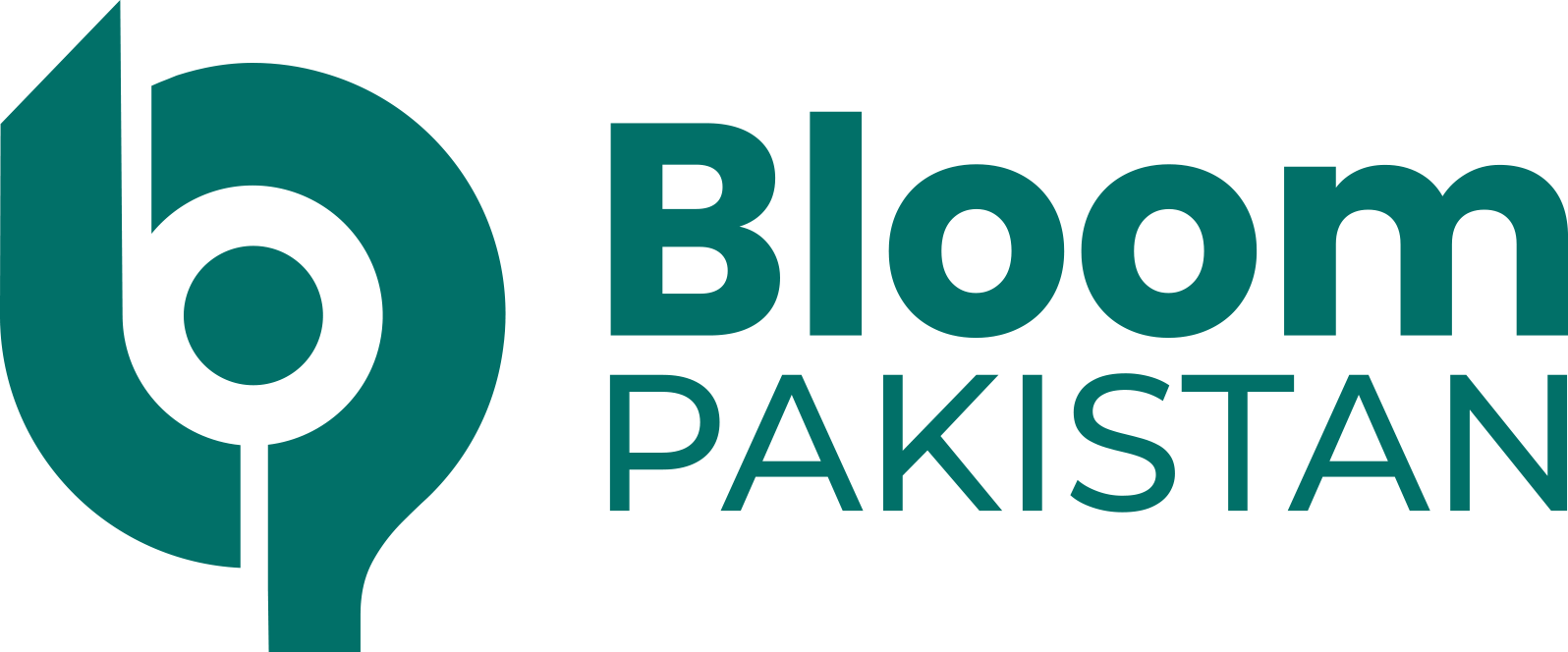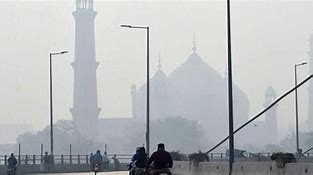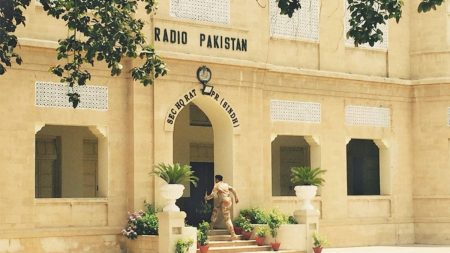Islamabad, Jan 6: The monthly average PM 2.5 dispersion has peaked in December for the first time since air pollution recording was initiated in Islamabad in 2018. Simply, on December 22, 2024, the AQI also rose to 250, and it identified the air as unhealthy for everyone.
The city was previously known for clean environment and beautiful landscapes, but its environment has hit the brunts bar of pollution due to expansion of infrastructure and urbanization, emissions from vehicles, and industrial effluence.
About one and half million automobiles have been registered in Islamabad in the last ten years and half million automobiles are joining the city’s fleet daily which also contribute to the emissions. Construction dust, smoke, and brick kilns functioning outside the city make it worse.
While the three zero kilns have upgraded to eco-friendly zigzag technology pollution reduction persists. Earlier, Pak-EPA has implemented dry scrubber technology that can minimize the emission of black carbon.
Open data from Pak EA shows that November and the month of December had the lowest air quality index. PM 2.5 concentrations persist unhealthy as a result of vehicle emissions, construction, and waste burning. There are attempts to increase the number of stations where air quality control is used and to introduce new measures, such as the elimination of cars that emit smoke.
Health experts warn of rising respiratory issues linked to pollution. Residents are urged to limit outdoor activities, wear masks, and stay warm to protect against poor air quality.









